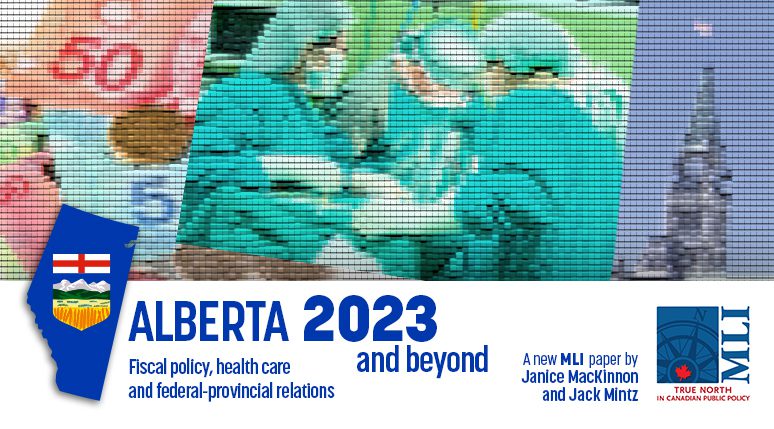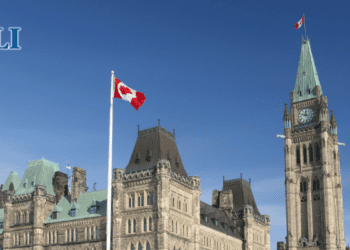By Janice MacKinnon and Jack Mintz
January 26, 2023
Executive Summary
The Alberta government has made important and sometimes challenging decisions to position the province well for the future. Spending has been reduced, health care and post-secondary education have been restructured and a mix of tax cuts, regulatory reform, and innovative training and retraining initiatives have led to economic growth, diversification of the economy and high levels of in-migration into the province.
However, more needs to be done. In health care, proposed changes include revamping seniors care, moving more procedures to clinics, encouraging more virtual care, and making changes to the funding of health care. In post-secondary education, Alberta needs to take full advantage of having the youngest population in Canada by encouraging more young people to remain in the province for post-secondary education. It also needs to enhance training and retraining programs and reduce barriers to in-migration by doing more to recognize professional credentials.
A major challenge for the province is addressing federal government climate change policies. Since both federal and provincial governments have jurisdiction over climate change, cooperative federalism, in which the two levels of government respect each other’s jurisdiction and work together on common goals – is required to make progress on reducing emissions. However, as the case of reducing emissions in the oil sands shows, the federal government often acts unilaterally, does not respect provincial jurisdiction, and establishes unrealistic and unachievable targets. The paper recommends ways in which Alberta can challenge federal actions as well as assert its provincial jurisdiction by developing its own climate change plans.
The distinctive feature of Alberta’s finances is the remarkable swings in revenues the province must deal with due to volatile oil and gas prices. To help counter that volatility and to control spending, the province must develop “fiscal anchors” whereby both politicians and the public understand: no deficits, a target level of debt relative to GDP and limiting growth in spending to population and prices. Further, the province’s government should reduce volatility in its budgeting by paying down debt or investing its non-renewable resource revenues into an Alberta Health Plan that would operate similarly to an endowment fund with a fixed percentage of assets distributed to the provincial budget.
The province must also address its high personal income tax rates, which discourage work effort, investment, and risk taking, all of which are particularly important for an economy that relies on entrepreneurship and highly skilled labour. Alberta has made strides in improving corporate tax competitiveness, but personal tax competitiveness has been eroded by higher the rates that the federal government and the province introduced in 2015, which has in turn led to the disappearance of many of Alberta’s high-income taxpayers and discouraged low-income Albertans from working. Without compromising its fiscal anchors, the province could reform its taxes by repatriating the federal fuel charge and levying its own made-in-Alberta carbon pricing system. The alternative would be to raise revenues by levying a health premium or an Alberta sales tax harmonized with the GST.
In this decade, Alberta will need to confront many new realities to maintain its high standard of living. The fiscal decisions that the provincial government makes in the next several years will have a significant impact on Alberta’s prosperity in decades to come.







